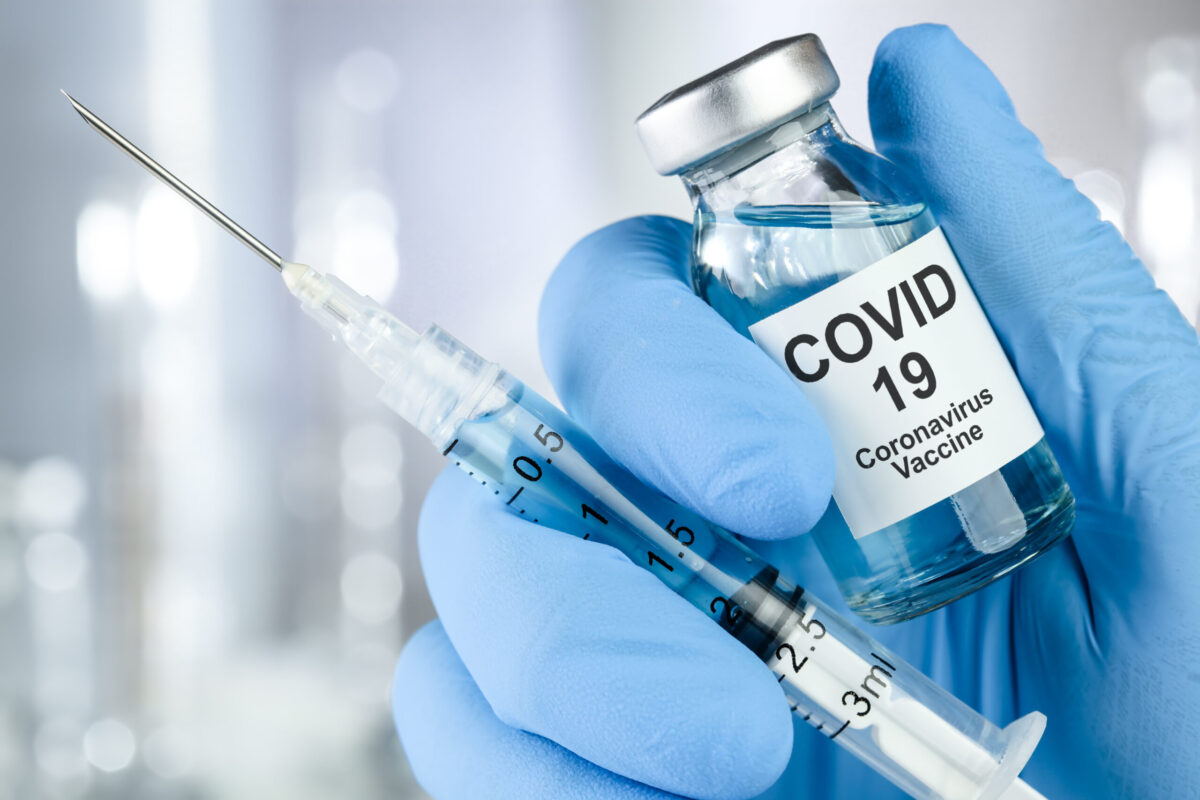A possible explanation for the World Health Organization’s Monday guidance to stop vaccinating children under 18 emerged Wednesday.
At a recent meeting of the Advisory Committee on Immunization Practices COVID-19 Vaccine Safety Technical Work Group, which has reviewed safety data weekly since the start of the U.S. vaccination program, it was revealed that the mRNA vaccines most commonly used have the potential to cause a rare heart condition — predominantly in adolescents and young adults.
The condition, called “myocarditis,” is — according to the Mayo Clinic — is an inflammation of the heart muscle and in severe cases can cause stroke or heart attack.
The CDC stresses that “most cases appear to be mild,” however the phrasing suggests that not all have been.
Indeed, CNN reported on June 17 that seven boys ages 14 to 19 in Oregon were hospitalized with what initially presented as a severe heart attack — and turned out to be myocarditis.
“Fortunately, none of our patients were critically ill and all of them responded very quickly to treatment,” CNN said Dr. Judith Guzman-Cottrill of Oregon Health & Science University told a meeting of the National Vaccine Advisory Committee.
According to the CDC the condition shows up more often in males than females, more often following dose 2 than dose 1 and typically within 4 days after vaccination.
Fox News reports that CDC Director Rochelle Walensky told the outlet the “benefits far outweigh the risks.”
“I think what we will see in this analysis for ACIP … is the risk of this quite rare and generally mild disease in the context of the benefits of what vaccination can do with regard to COVID-19, preventing severe disease, preventing myocarditis itself, because that is a manifestation of COVID-19 and then of course, preventing death which has also occurred with COVID-19,” Walensky told Fox News in an exclusive interview. “I’m really looking forward to a very balanced discussion of the risks and benefits and having it be open so people really understand how and why the benefits from vaccination far outweigh the risks.”
WHO DISAGREES
However, as the Sentinel has already reported, the WHO disagreed with the assessment that child vaccinations should continue.
WHO yesterday said “children should not be vaccinated for the moment” because there is insufficient evidence to make recommendations.
WHO says that the Pfizer — and only the Pfizer — vaccine is safe for ages 12 and up, but specifically says that children between the ages of 12 and 15 should not be vaccinated unless they have other conditions making them at high risk.
“WHO’s Strategic Advisory Group of Experts (SAGE) has concluded that the Pfizer/BionTech vaccine is suitable for use by people aged 12 years and above. Children aged between 12 and 15 who are at high risk may be offered this vaccine alongside other priority groups for vaccination. Vaccine trials for children are ongoing and WHO will update its recommendations when the evidence or epidemiological situation warrants a change in policy. (all emphasis added.)”
And, as recently as Monday — as the screen cap below shoes — WHO was saying children should not be vaccinated at all. The guidance has since been modified.

CHILDREN AT MUCH LOWER RISK
It’s also unclear, given the risk for a potentially life-threatening complication, why CDC — and the Kansas Department of Health and Environment — are pushing vaccination among the least at risk demographic.
The American Academy of Pediatrics says young children tend to have very mild cases if they contract COVID — as does WHO.
AAP states “… the available data indicate that COVID-19-associated hospitalization and death is uncommon in children,” and “At this time, it still appears that severe illness due to COVID-19 is rare among children.”
In fact, last week, children accounted for only 14.2 percent of all cases nationwide, are just 1.4 to 3.3 percent of all hospitalizations, were between zero and .22 percent of all fatalities, and zero to .03 percent of all child COVID-19 cases resulted in death.
And that is among states reporting — not all have — but AAP also notes that many states use different definitions of “child,” for instance Alabama last year defined a “child” as newborn to 24.
On April 19, AAP also noted that — since the beginning of the pandemic, children account for just six-hundredths of a percent of all fatalities and only one-hundredth of a percent of pediatric COVID cases result in fatalities, and just eight-tenths of one percent of pediatric cases required hospitalization.
To put that in perspective, according to the New York Times live COVID tracker, approximately 602,000 deaths are attributed to COVID-19, which would mean just over 360 deaths — likely the result of serious underlying conditions that made the child high-risk — and whom WHO stated should be vaccinated.
The Sentinel reached out to KDHE, Kansas Governor Laura Kelly and the CDC asking if they would rethink adolescent COVID-19 vaccinations based on the WHO guidance, but has received no response.



